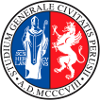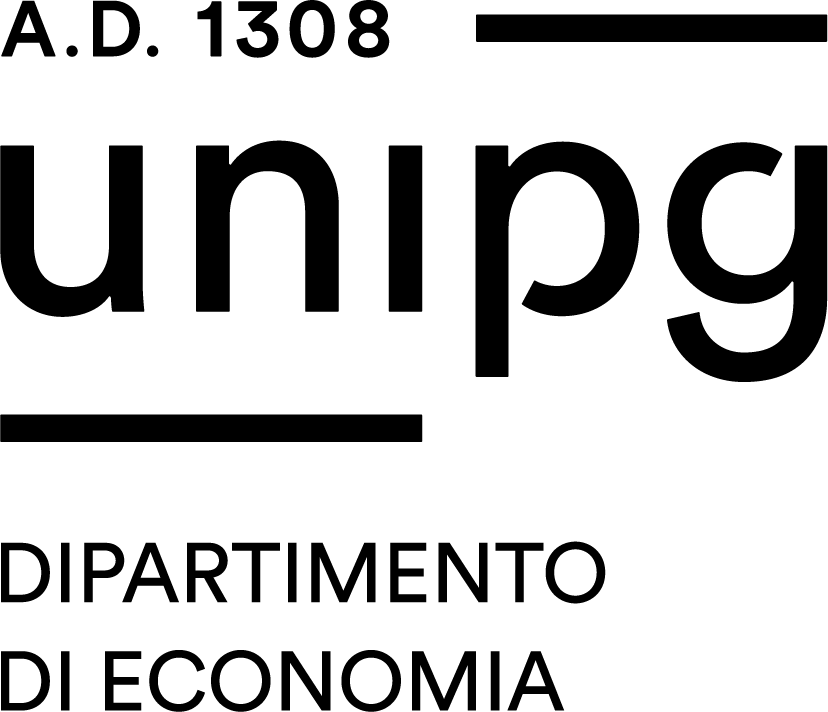| Course name |
Industrial pharmacy |
|---|
| Study-unit Code |
A003597 |
|---|
| Curriculum |
Comune a tutti i curricula |
|---|
| Lecturer |
Lina Cossignani |
|---|
| Lecturers |
- Lina Cossignani
- Federica Ianni (Codocenza)
|
|---|
| Hours |
- 48 ore - Lina Cossignani
- 15 ore (Codocenza) - Federica Ianni
|
|---|
| CFU |
7 |
|---|
| Course Regulation |
Coorte 2023 |
|---|
| Supplied |
2025/26 |
|---|
| Supplied other course regulation |
|
|---|
| Learning activities |
Caratterizzante |
|---|
| Area |
Discipline farmaceutico-alimentari |
|---|
| Sector |
CHIM/10 |
|---|
| Type of study-unit |
Obbligatorio (Required) |
|---|
| Type of learning activities |
Attività formativa monodisciplinare |
|---|
| Language of instruction |
English |
|---|
| Contents |
Chemistry of food constituents and nutrients. Food alteration and adulteration. Composition and analytical control of the most common foods of animal and vegetable origin. Quality control of food. |
|---|
| Reference texts |
HD Belitz, W Grosh, P Schieberle; Food Chemistry, Springer, 2009. L Mannina, M Daglia, A Ritieni; La Chimica e gli Alimenti, Casa Editrice Ambrosiana, 2019. Teaching material provided by the teacher. |
|---|
| Educational objectives |
The course aims to provide adequate knowledge on the structure and properties of food constituents, on the mechanisms of the main reactions of alteration, and the application of analytical techniques in the quality control of food. The main knowledge acquired will cover: food composition, structure of food constituents, alteration and adulteration of food, and quality control of food. The student will be able to apply the acquired knowledge, with the following competence: ability to assess the quality of food, based both on compositional data and on eventual alteration and adulteration, ability to interpret analytical aspects and legislation on food, ability to find and interpret data of the recent literature on food quality. |
|---|
| Prerequisites |
For a better understanding of the contents and to achieve the objectives of the course, students must have general knowledge of the structure and biosynthetic processes of the main organic macromolecules. Moreover, the knowledge of the main analytical techniques, traditional and advanced, for the qualitative and quantitative determination of inorganic and organic compounds, is an essential prerequisite. |
|---|
| Teaching methods |
The course is organized as follows: lectures on the topics listed in the course program; laboratory activities on some applications of analytical techniques for food quality assessment. In particular, the student will carry out some analytical determinations for the detection of alterations, adulterations, and for the characterization of bioactive compounds in foods. |
|---|
| Other information |
Course attendance is mandatory. Contact: email, lina.cossignani@unipg.it. The teacher receives in person or via the Teams platform, by appointment. |
|---|
| Learning verification modality |
The exam consists of an oral test, an interview of about 30 minutes long, aiming to ascertain the knowledge level and the understanding reached by the student on the topics presented in class and listed in the program. The questions will focus on the structure of food constituents, the mechanisms of modification of these components, the composition and legislation of the main foods, and the analytical aspects necessary to define food quality. Overall, the oral test will check the communication skills of the student with properties of language, the ability to apply the acquired skills, and develop solutions on their own. |
|---|
| Extended program |
Food quality and food safety. Functional foods and nutraceuticals. Chemistry and biochemistry of food constituents and nutrients. The dietary lipids, structure, and properties. Fatty acids, nutritional/health benefits, and functional properties. Structure of fatty acids and biological effects. Modifications of natural lipids: hydrogenation, fractionation, genetic modifications, interesterification reactions. Chemical and enzymatic methods for the synthesis of structured lipids. The carbohydrates in food, the theory of sweet taste. Natural and synthetic sweeteners. Non-digestible polysaccharides, structure and properties. Food protein, chemical, and nutritional aspects. Enzymatic methods for the production of protein hydrolysates. Moisture and water activity: influence on food stability. Minerals and metals speciation. Degradation processes of food components: enzymatic and non-enzymatic browning reactions. Auto-oxidation of lipids and formation of primary and secondary products of oxidation, photo-oxidation. Antioxidant compounds, structure, and mechanism of action. Application of instrumental techniques for the quality control of food products. Advanced analytics of lipids. Composition and analytical control of the most common foods of animal and vegetable origin. |
|---|
| Obiettivi Agenda 2030 per lo sviluppo sostenibile |
The topics developed are in line with some of the objectives set by the 2030 Agenda for sustainable development. In particular, those concerning: Zero hunger, Health and well-being, Responsible consumption and production. |
|---|


